This pininyahang baka recipe is beef with pineapple and is simple to cook. You only need few basic ingredients that you can find in a market and grocery store. The recipe needs lean beef, coconut milk or evaporated milk, pineapple juice, pineapple chunks and spices. To cook the beef, sometimes it will not be easy to tenderize the meat if you can’t find beef tenderloin so you need a pressure cooker if you are in a hurry.
Pininyahang Baka: A Comforting Filipino Classic with a Tropical Twist
There’s something uniquely heartwarming about dishes that combine sweet and savory flavors, and pininyahang baka holds a special place in my family’s recipe book for just that reason. This delightful Filipino dish marries tender beef with the tropical sweetness of pineapples, creating a creamy, flavorful meal that’s perfect for any occasion.
I first learned how to make this recipe from my Tita Lorna during one rainy weekend in Batangas. She insisted that the secret to a great pininyahang baka isn’t just in the ingredients but in the process—an art passed down from her own mother, my Lola Belen. As I stood by her kitchen counter, I watched her work her magic, transforming simple pantry staples into a dish bursting with flavor.
Why Pineapple and Beef Are a Match Made in Culinary Heaven
At first, I couldn’t quite wrap my head around why pineapple—so sweet and tangy—would work so well with beef. But Tita Lorna explained that the enzymes in pineapple, particularly bromelain, help tenderize the meat, making every bite soft and juicy. It’s a trick that many home cooks in the Philippines use, especially when working with tougher cuts of beef.
This is why fresh pineapple or pure pineapple juice plays such a vital role in the dish. Not only does it break down the beef fibers, but it also infuses the meat with a delicate sweetness, balancing out the richness of the coconut or evaporated milk.
The Importance of Tenderizing the Beef
One of the challenges of cooking pininyahang baka is ensuring that the beef is perfectly tender. Tita Lorna always used lean beef or tenderloin when it was available, but for tougher cuts, she swore by her trusty pressure cooker. It was her go-to gadget for speeding up the cooking process while maintaining the flavors.
If you don’t have a pressure cooker, don’t worry. You can still achieve tender beef by simmering it low and slow with water, laurel leaves, and a dash of pepper. The aroma of the spices filling the kitchen always brings back memories of Tita’s bustling kitchen, with its cozy warmth and lively chatter.
The Creamy Element That Ties It All Together
When it comes to making the sauce, you have two options: coconut milk or evaporated milk. While both versions are delicious, I prefer the creamy, slightly nutty flavor of coconut milk. It adds a layer of richness that pairs beautifully with the tangy pineapple and savory beef.
Tita Lorna taught me to mix a bit of cornstarch into the milk to help thicken the sauce. It’s a simple step, but one that makes a big difference, ensuring the sauce clings perfectly to the beef and pineapples. If you’re using evaporated milk, the cornstarch isn’t as necessary since it’s already quite creamy.
Adding Layers of Flavor with Vegetables and Spices
One of my favorite parts of this dish is the colorful medley of vegetables. The vibrant red and green bell peppers not only make the dish visually appealing but also add a subtle sweetness and crunch. A touch of chili gives the dish just the right amount of heat, which is balanced by a sprinkle of sugar to round out the flavors.
Tita always finished the dish with a dash of Magic Sarap, a granulated seasoning blend that’s a staple in Filipino kitchens. It’s optional, of course, but it does add an umami punch that brings the dish to life.
A Dish That Brings Back Memories
For me, the dish is more than just a recipe; it’s a reminder of family gatherings, rainy afternoons, and the joy of sharing a meal with loved ones. I remember how Kuya Jun, who works as a chef in Manila, would always request this dish whenever he came home. He’d tell stories about how he’d tried similar dishes in restaurants, but nothing compared to the comforting taste of Tita Lorna’s version.
Even now, whenever I cook this dish, I can’t help but think of those moments. The smell of simmering beef and pineapples transports me back to that tiny kitchen in Batangas, where every meal felt like a celebration of love and tradition.
A Brief History of Pininyahang Baka
While it might not be as ubiquitous as its chicken counterpart (pininyahang manok), it’s a shining example of Filipino ingenuity in the kitchen. The dish reflects the country’s rich culinary heritage, which blends native ingredients with influences from Spanish, Chinese, and American cuisines.
Pineapple, originally introduced to the Philippines during the Spanish colonial period, has become a beloved ingredient in Filipino cooking. Its versatility allows it to be used in everything from desserts to savory dishes like this one. Over time, pininyahang baka has evolved, with families across the Philippines adding their own unique touches to the recipe.
Why You Should Try Pininyahang Baka
Whether you’re a seasoned cook or a beginner in the kitchen, pininyahang baka is a dish that’s as forgiving as it is delicious. Its combination of sweet, creamy, and savory flavors is a true testament to the Filipino love of bold and balanced tastes.
So, the next time you’re looking for a meal that’s both comforting and unique, give this recipe a try. Who knows? It might just become a favorite in your household too, just as it has been in ours for generations.
How to Cook Pininyahang Baka (Beef with Pineapples)
Ingredients
- 1 kilo lean beef sliced into cubes
- 1 cup pineapple juice
- 2 pc beef broth cubes
- 2 cloves garlic crushed
- 1 pc onion chopped
- 1 pc birds eye chili or siling labuyo chopped
- 2 pcs laurel leaves
- 1/2 cup coconut milk or evaporated milk mixed with 1 tsp. cornstarch
- 3 Tbsp. sugar
- 1 small can pineapple chunks
- 1 pc red bell peppers sliced into strips
- 1 pc long green pepper sliced into strips
- ground black pepper
- Magic sarap or any granulated seasoning optional
Instructions
How to Cook Pininyahang Baka:
- Cook the beef in boiling water with laurel leaves and pepper until tender. Set aside.
- In an empty pan, heat oil and saute garlic and onion until garlic is brown and onion is transparent.
- Put the cooked beef and stir fry for a few minutes.
- Pour the pineapple juice, broth cube and chili and simmer for a few minutes.
- Then pour the evaporated milk or the coconut milk with cornstarch.
- Put the red bell pepper, green pepper, sugar and pineapple chunks.
- Season with salt and granulated seasoning (Magic Sarap). Serve hot.
Notes
Cooking Tips:
Tenderizing the Beef for Maximum Flavor
To ensure your beef is tender and flavorful, simmer it slowly with laurel leaves and pepper until it softens. If time is an issue, use a pressure cooker to cut down on cooking time while locking in the flavors. Always avoid overcooking, as it can dry out the meat instead of achieving the desired melt-in-your-mouth texture.Balancing Sweetness and Creaminess
Pineapple juice and coconut milk bring a perfect balance of sweet and creamy flavors to this dish. To avoid overpowering sweetness, use pure pineapple juice instead of sweetened varieties. For a creamier sauce, mix a little cornstarch into the coconut milk before adding it to the pot, ensuring a velvety consistency.Enhancing the Dish with Fresh Ingredients
Always use fresh red and green bell peppers for a vibrant crunch that contrasts beautifully with the tender beef and sauce. Freshly ground pepper and a touch of chili elevate the dish, adding a hint of spice. Finish with fresh pineapple chunks for a burst of natural sweetness that ties all the flavors together.
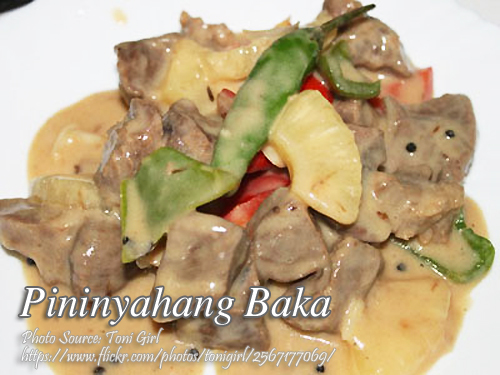

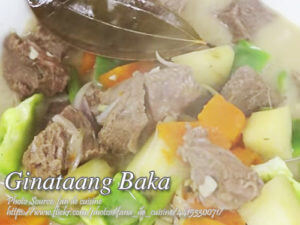
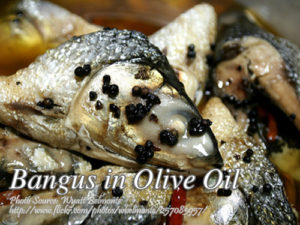
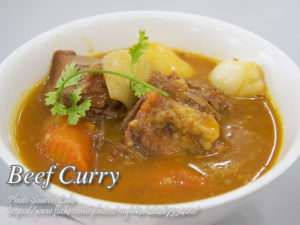
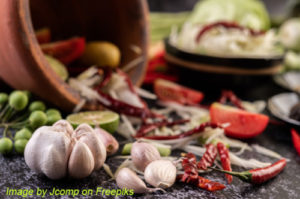
My all time favourite online cooking tips:) thank you so much!!! I never been stressed at work but thinking of food everyday for family is killing me:(.
HI Eve! you’re welcome! pls visit my youtube channel also for more cooking videos!